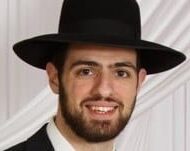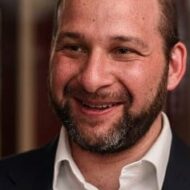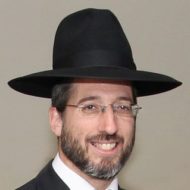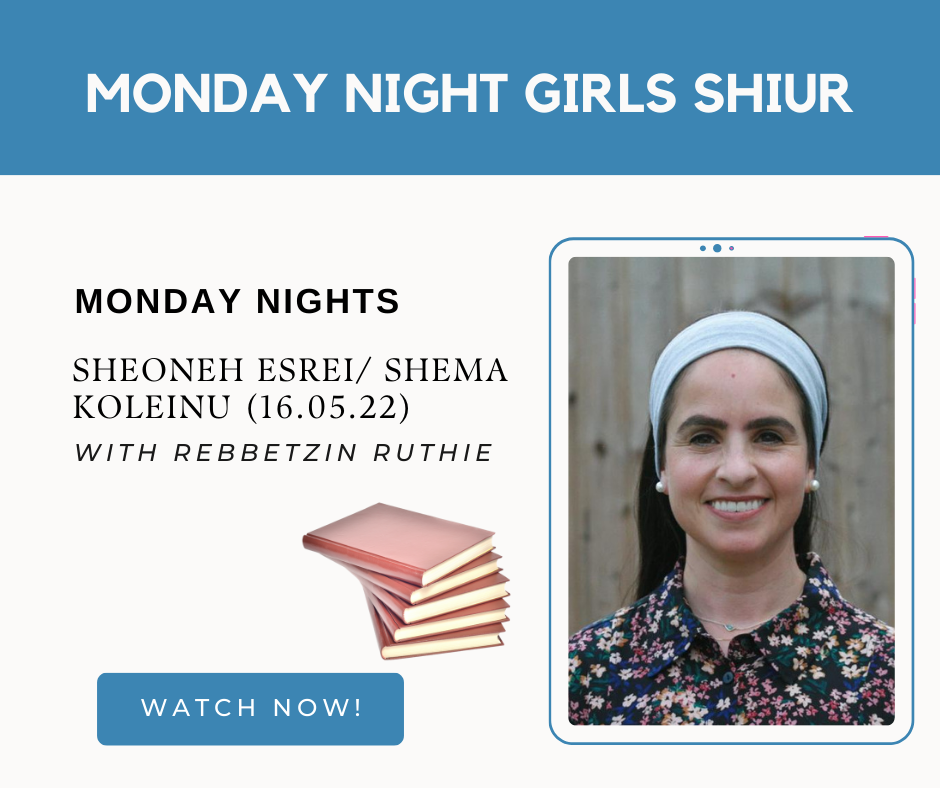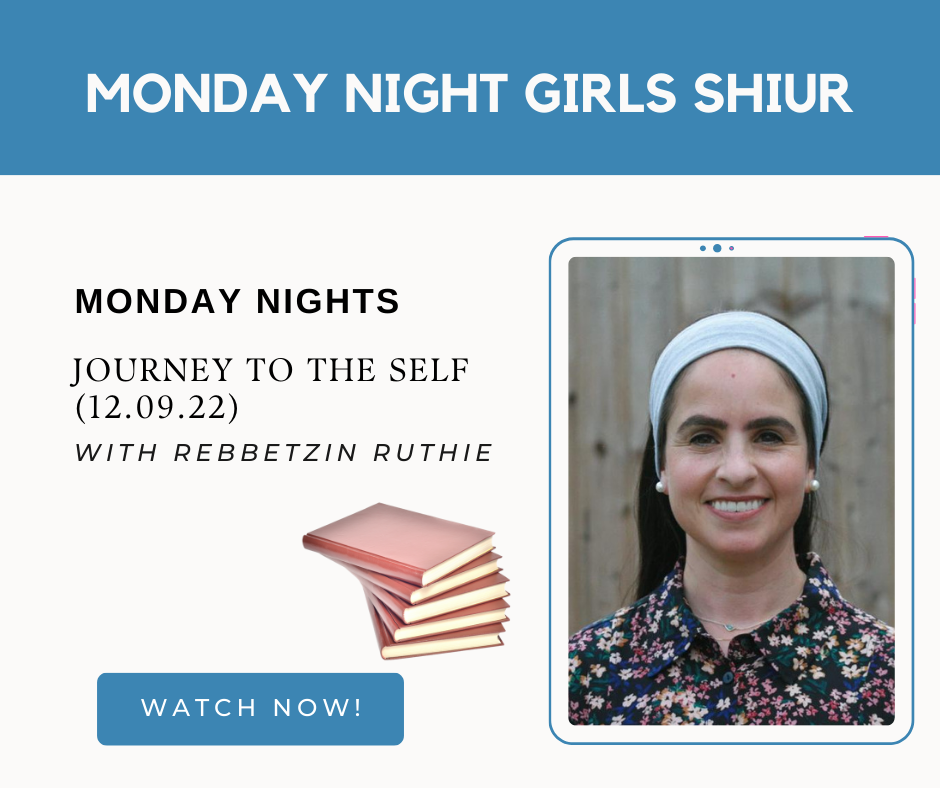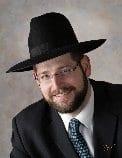
Strange Minhag? Why are we starting off Sippur Yetziat Mitzrayim with this ‘Breaking the Matzah’? What does it represent?
A famous story is recounted about a man who used to be a member of the “Hells Angels” biking group. Travelling across America with his group for about a decade, until he reacquainted himself with his Jewish roots, married a frum girl and settled down within the tri-state area.
He loved everything about his newfound Judaism, except for one thing: Erev Yom Kippur. Going to the mikva would mean exposing the embarrassing tattoos covering his body and revealing his very different (embarrassing) past. He devised a plan: He would visit the mikva at a less busy time and would cover himself with his extra-large towel… The plan work for the first and second year, but the third erev-yom-kippur all went pear-shaped. He missed the less busy time, and arrived at a packed mikva. He started his usual ritual of undressing in a modest or secretive way, but when he walked out of the mikvatowards his stand, he slipped on the floor, and exposed his upper body for all to see. Silence deafened in this crowded room as everyone was shocked at this gallery of unsavoury tattoos. The man turned all colours of the rainbow and laid there paralysed… until one elderly gentleman walked up to him and gently said “My son, I see that you have been through your gehinnom….” He rolled up his sleeve and showed a tattoo of a number branded into his arm by some animal in Auschwitz, and continued “… I too have been through my gehinnom. Come let us leave the mikva together.”
I love the story. I feel it to be iconic of our generation. Reminds me of the famous Passuk in yeshaya (27:13) which we read as part of our rosh hashana mussaf (and of course a famous song):
“And it will come to be on ‘That Day’ a great shofar blast will be blown, and those lost in the Land of Ashur will come, as will those oppressed in the Land of Egypt, and will bow down to Hashem on the Har HaKodesh in Yerushalayim.”
Those lost in the Land of Ashur. Those crushed in the Land of Mitzrayim.
The Ba’al Shem Tov teaches, that in fact we are speaking about two lots of contemporary Jews. Some are “Lost in the Land of Happiness” (“Ashur” related to the word ‘Ashrei’ means happiness), while others are “Crushed in the Land of Constraints” (“Mitzrayim” is related to the word ‘Meitzar’, which means a narrow strait. “Min HaMeitzar Karati Kah”. The Nile Delta narrows into a strait.).
Both are equally damaging. Both are equal threats to our Emunah. In either people can become estranged to our History and our Mission. One through persecution, the other through assimilation. The nevuah is, that they will come back “on that Day”, and together bow down to Hashem in Yerushalayim. They will meet in a mikvah, and together identify themselves as Jews.
Yachatz breaks the middle matzah. The first half is the first bite we eat (after the long hagaddah on seder night), and the second half is the last bite we eat (“ain maftirinachar hapesach afikoman”). The halacha states that the first half has to be eaten “bete’avon” (when you have an appetite and are eagerly awaiting the matzah). The second half has to be eaten “Al HaSovah” (when we are satisfied, and have eaten a full Shulchan Orech). The first half is our Emunah despite poverty and hardships, despite hunger. The Second half is our Emunah despite affluence.
The two halves of Yachatz have never been so pertinent to us as we look through history, realise what tonight is about, and understand how these two halves are so necessary at framing the special ‘order’ of Seder Night.
This is one way of looking at Yachatz – but I recently saw an amazing second approach that spoke to me:
The Gemara [Shabbat 89b] records Hashem approaching the Forefathers accusing the Jewish People “Your Sons Have sinned”. Unlike Avraham and Yaakov, Yitzchak steps up to the plate and after some bargaining [“after all, for how many years does a human being live? How much of that is spent sleeping and eating?…etc] Yitzchak strikes a deal – “I will take half the responsibility if you take half the responsibility”.
Rav Hutner understands this puzzling deal – half Us, Half Hashem – in light of a famous statement in the Gemara [Brachot 17a] – “It is obvious that our desire is to do the Will of Hashem, the only two items that prevent us are; “The Dominion of Nations (which subjugate the Jewish People)” and “The Yeast in the dough (The YetzerHara)”.
One preventative from the outside (The Dominion of others and antisemitism), and one from the inside (The yetzer Hara).
On Seder night, we free ourselves of the Dominion of The Nations (Leaving Egypt – and the implied future redemption), and the ‘Yeast in the Dough’ (literally – chametz-free – but symbolically, ridding ourselves of the Yetzer Hara).
Half is our Job (working on the Yetzer Hara – overcoming our desires), Half is Hashem’s Job (ridding the world of Antisemitism).
This is the deal that Yitzchak strikes with Hashem – and this is why tonight we break the middle Matzah – the middle of Three Matzot, representing Yitzchak Avinu’sinvolvement in our Destiny.
So much of Seder Night is so central to us as a Nation. Yachatz is only the kick-off. May we merit to witness the materializing of the hope that every Seder Night has dreamed of, and that we should be Next Year in Jerusalem.
